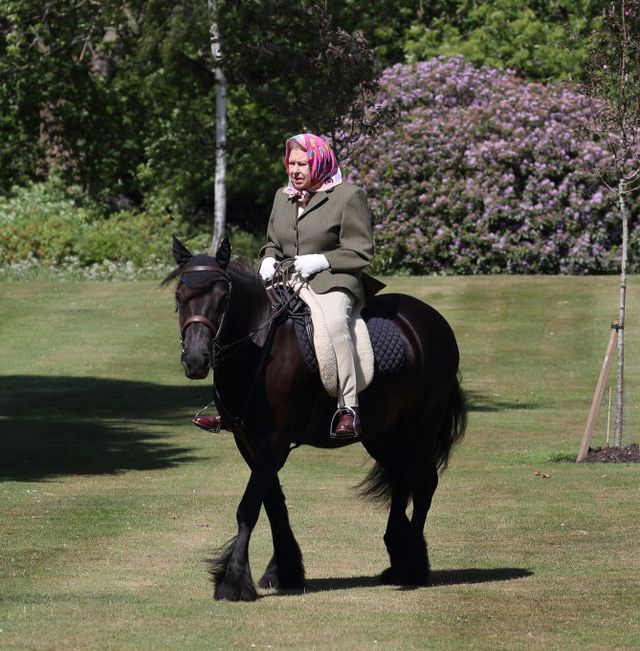The Queen'S Horses Names
Queen Elizabeth II is the current monarch of England, Scotland and Wales. She is also the first woman to have reigned in all four countries. Her coronavirus pandemic has given her plenty of time to name her horses.

What are the Queen's Horses and why do they receive such high respect?
Queen's Horses are some of the most revered mounts in the kingdom. Many people believe that they are the purest form of horsemanship and have a gentle temperament. The Queen's Horses receive a great deal of respect because they are so tolerant and gentle.
Bloodlines: The queen's horses come from many different lines, some of which are more famous than others. What makes these horses so special?
Many people know the queen's horses by their famous names, but there are a few others that may be less well-known. The horse that was given to Elizabeth I by her husband, Philip II of Spain, is often considered to be one of the most popular horses in history. Other famous horses include Barbaro and King Charles III of England's favorite.
Training: How does a horse get the training it needs to be a successful royal carriage?
Royal carriage trainers have long known the importance of royal names for horses. Many of these horses were bred by the Queen herself and their names reflect that. There are a few key considerations that a trainer must take into account when selecting a horse's royal name.
First, the name should be appropriate to the horse's personality and disposition. The name should be short, easy to remember, and not too popular or difficult to pronounce. It is also important that the horse has a good reputation with other people in regards to being someone's favorite or best friend.
Next, trainers need to make sure that the name is authentic and reflects who the horse is associated with. When choosing a name, it is important to do your research and find out as much as you can about your horse's lineage and history.
Breeds: There are many different breeds of horses used by the queen, some of which are more popular than others. What makes these horses so special?
Many people think of horse breeds when they think of the queen, but there are many different types of horses used by her. Some of these horses are more popular than others. The popularity of a horse breed is not just based on its looks, but on how well it can be ridden and trained.
Carriages: How does a horse make its way to the royal palace and what is their role in society?
Queen Elizabeth II's horses are used for transport to and from the royal palace. Their role in society is as earners of income for people who live near the palace or work in its vicinity. The horses are first brought to the palace by horse-drawn carriages, which then take them to different parts of the city or country.